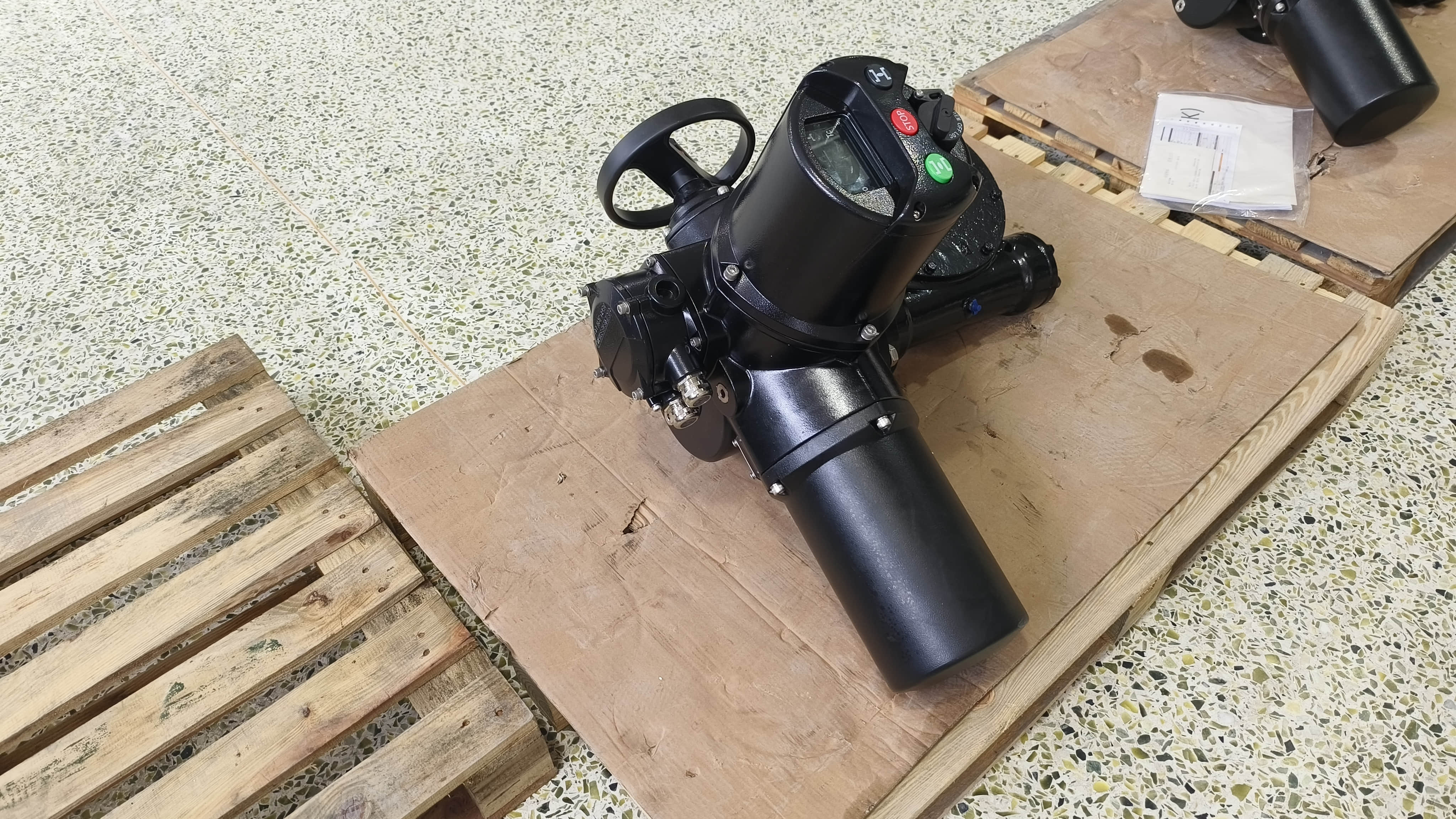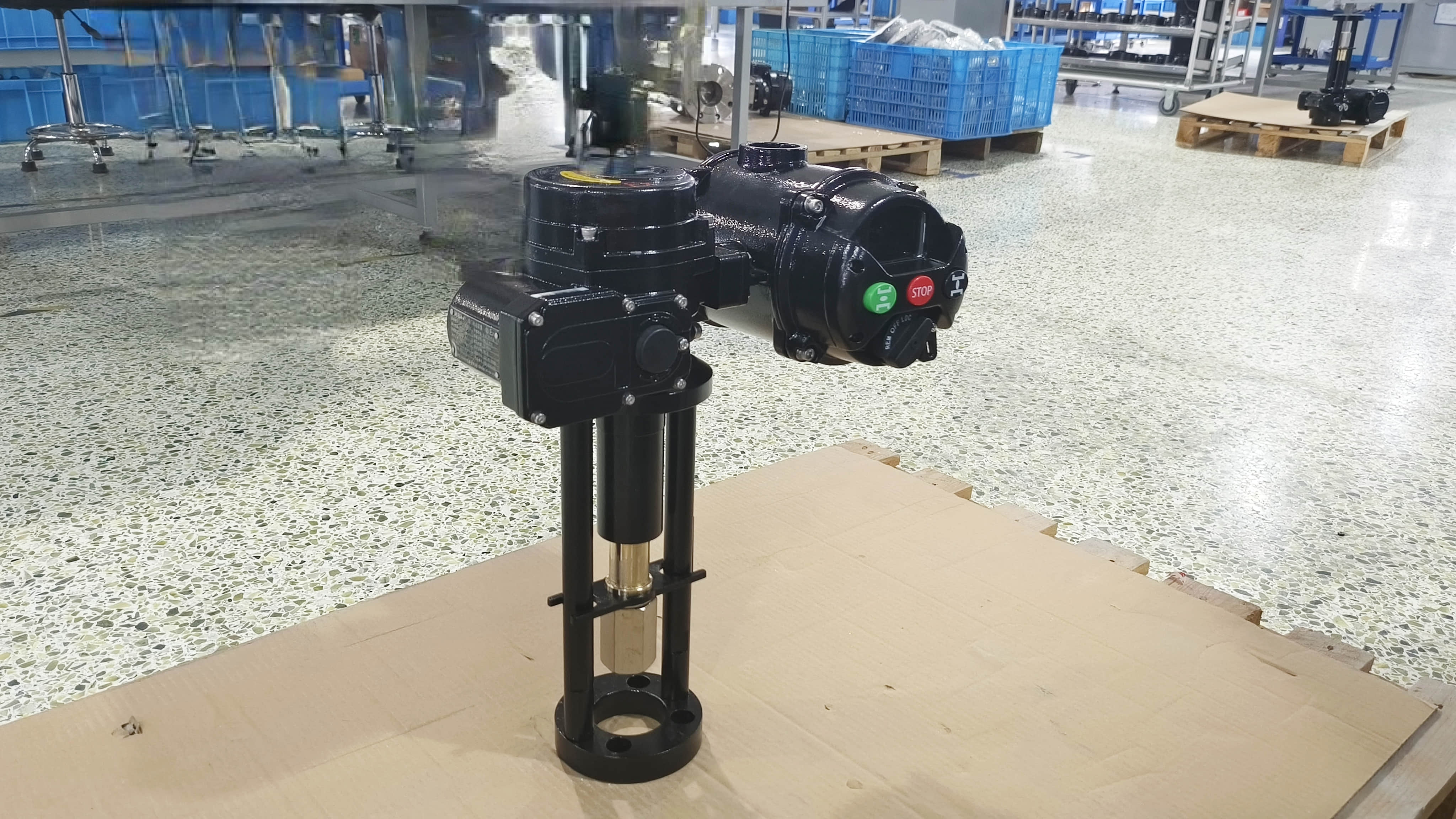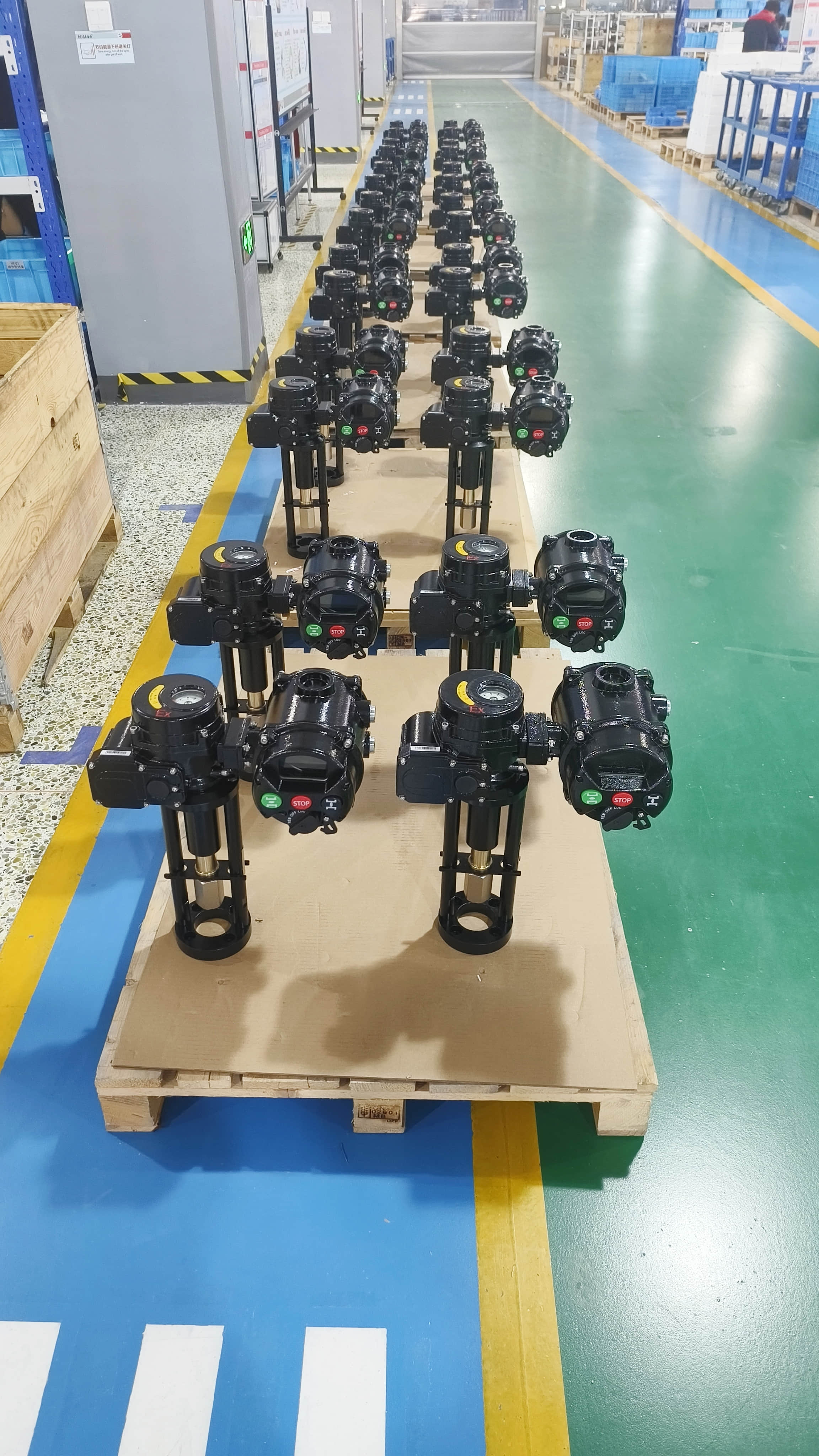
In the realm of automation and robotics, the emergence of Intelligent Integrated Electric Actuators (IIEAs) is revolutionizing the way industries operate. These advanced devices combine traditional electric actuation with intelligent control systems, resulting in enhanced performance, precision, and efficiency. As industries increasingly adopt automation technologies, IIEAs are becoming crucial in various applications, from manufacturing to robotics.

The primary function of an electric actuator is to convert electrical energy into mechanical motion. Unlike pneumatic or hydraulic systems, electric actuators offer significant advantages, including lower maintenance costs, reduced energy consumption, and a more compact design. The integration of intelligence into these systems elevates their capabilities, enabling real-time monitoring and adaptive responses to changing conditions.

